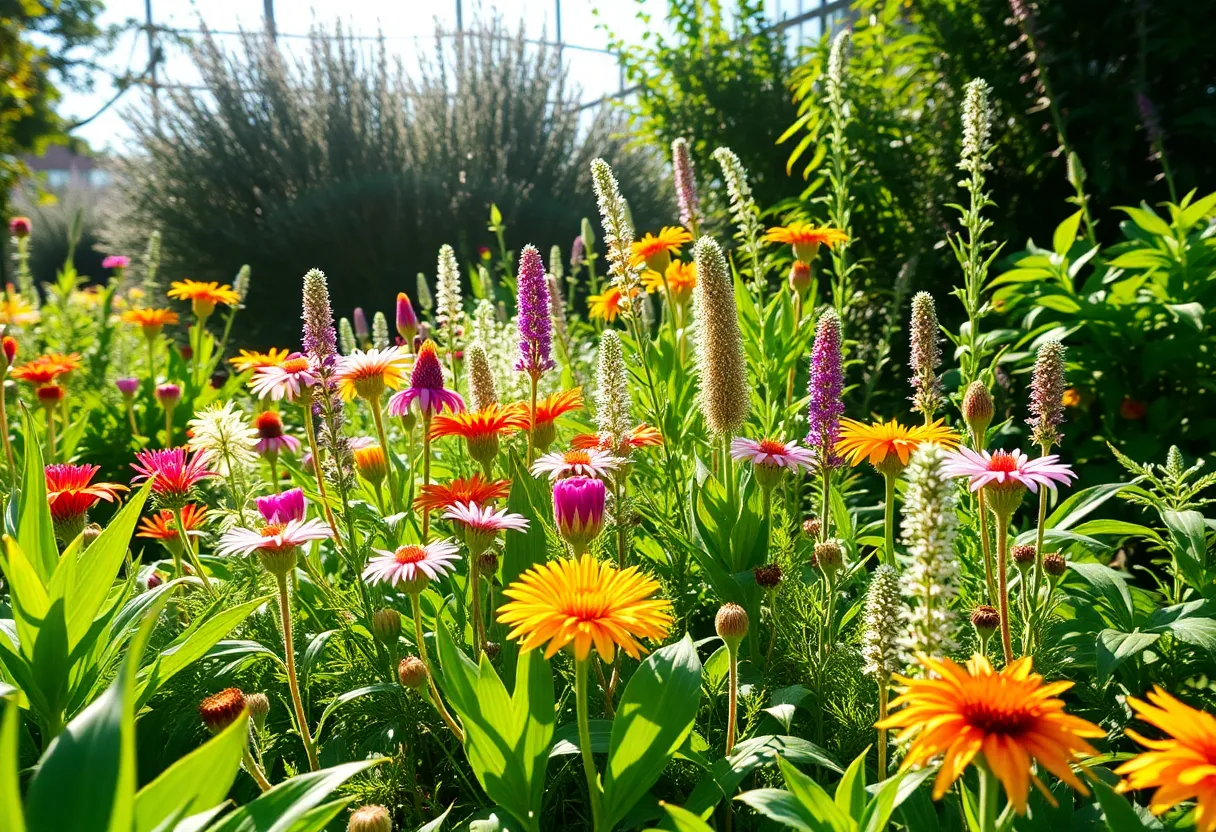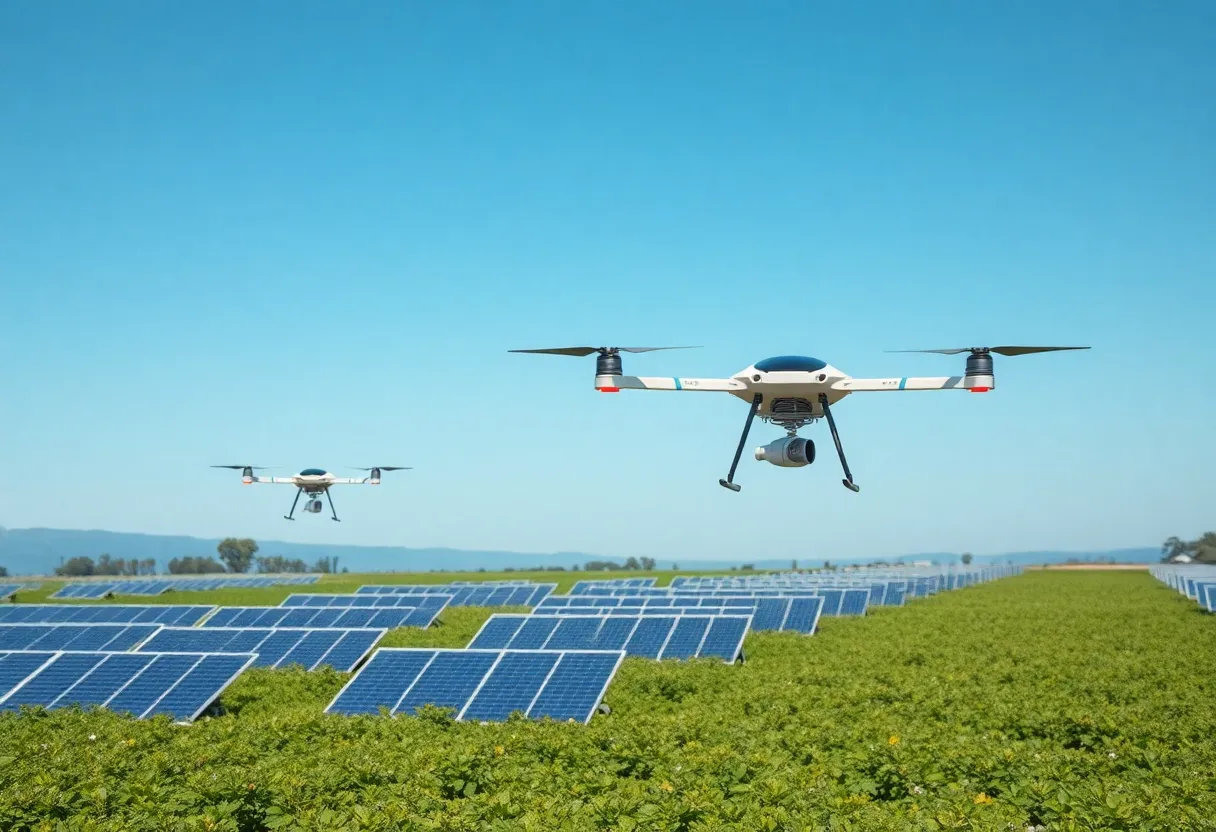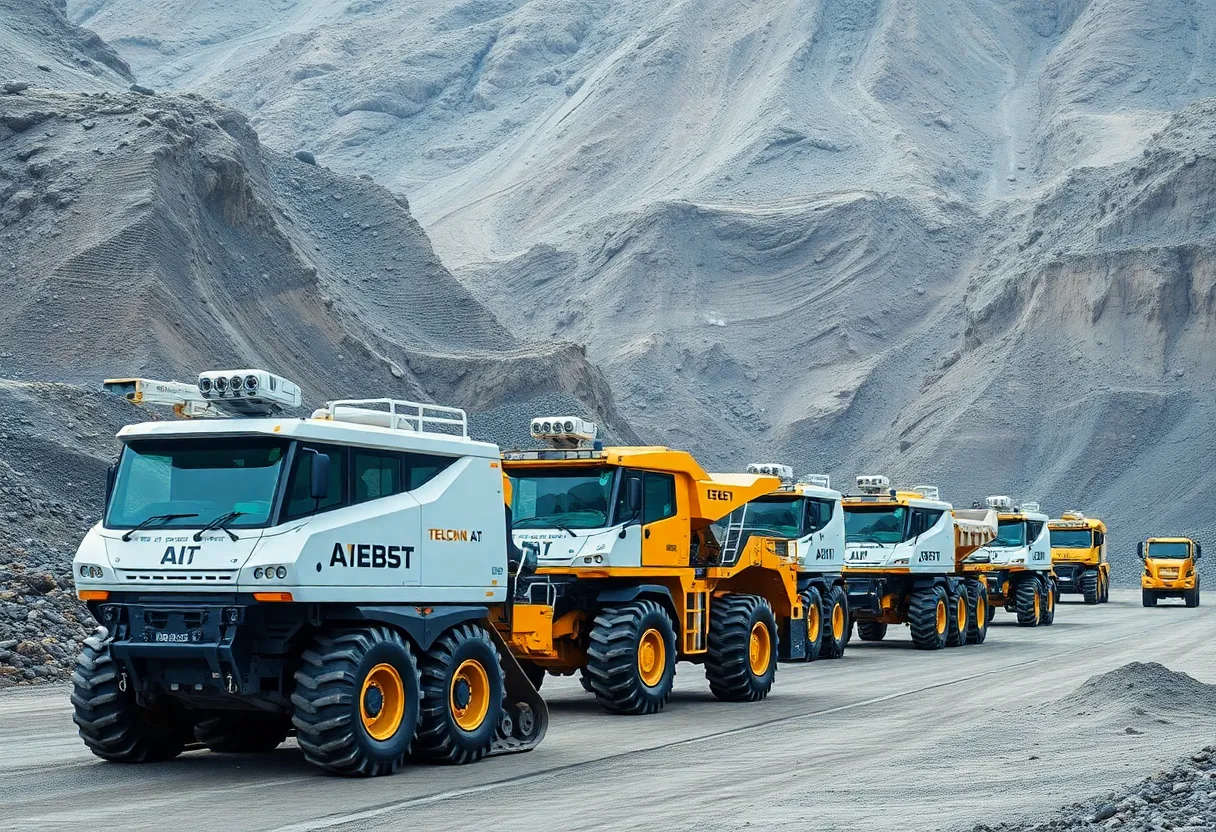Selecting Native Plants for Your New York Garden: A Strategic Approach to Ecological Balance and Sustainability
Creating a garden that harmonizes with its local environment involves thoughtful selection of plant species. Choosing native plants specific to New York plays a crucial role in fostering ecological balance, supporting native wildlife, and minimizing maintenance efforts. Native flora are inherently adapted to the local climate, soil, and seasonal variations, making them more resilient and resource-efficient than non-native alternatives.
Understanding New York’s Native Flora
New York boasts a rich tapestry of ecosystems—from Atlantic coastal plains and estuaries to mountain forests and wetlands. Each habitat supports a unique assemblage of native plants that have evolved over thousands of years. Familiarizing yourself with these native species is fundamental to developing a garden that aligns with regional ecological patterns.
Major native plant groups include:
- Perennials such as coneflowers, coreopsis, and monarchs’ milkweed
- Grasses like little bluestem and switchgrass
- Shrubs including serviceberry and viburnum
- Trees such as oak, maple, and white pine
By understanding which plants naturally occur in your specific locality—be it coastal zones, inland forests, or wetlands—you can tailor your planting choices to support the existing biodiversity.
Assessing Your Garden’s Conditions
Successful native planting begins with an accurate assessment of your site. Understanding your garden’s soil type, sun exposure, and moisture levels ensures plant selections will thrive without excessive intervention.
Soil Type
Identify whether your soil is clay, sandy, or loamy. Clay soils tend to retain moisture and can be dense, requiring plants that tolerate or prefer such conditions. Sandy soils drain quickly and warm faster, favoring drought-tolerant species. Loamy soils offer a balanced mix, supporting a wide range of native plants.
Sun Exposure
Determine which parts of your garden receive full sun, partial shade, or full shade. This influences plant selection significantly, as some natives are sun-loving, while others thrive in shade.
Moisture Levels
Assess current moisture conditions, whether the soil is well-drained, moist, or wet. Wet or marshy areas support different native species than dry, upland zones.
Selecting Appropriate Native Plants
Based on your site conditions, select native plants that are well-suited to those parameters. Proper selection enhances resilience and reduces resource inputs such as water, fertilizers, and pest control.
For Full Sun and Well-Drained Soil
- Black-Eyed Susan (Rudbeckia hirta):
- Little Bluestem (Schizachyrium scoparium):
This perennial blooms with vibrant yellow petals and dark centers, extending from mid-summer to early fall. It is highly attractive to pollinators, particularly bees and butterflies, and adapts well to various soil types.
An ornamental grass valued for its striking blue-green foliage, turning reddish in fall. It provides winter cover and food for birds, and requires minimal maintenance once established.
For Partial Shade and Moist Soil
- Wild Columbine (Aquilegia canadensis):
- Pennsylvania Sedge (Carex pensylvanica):
A native perennial with distinctive red and yellow flowers, blooming from late spring through early summer. It attracts hummingbirds and long-tongued pollinators, adding vertical interest.
A semi-evergreen ground cover suited to shady, dry, or rocky areas. It requires little intervention and provides a naturalistic appearance.
For Wetlands or Moist Areas
- Cardinal Flower (Lobelia cardinalis):
- Swamp Milkweed (Asclepias incarnata):
This plant produces striking scarlet-red flowers, blooming in late summer. It thrives in wet, boggy soils and plays a vital role in supporting hummingbirds.
Pink flowering, it is essential for monarch butterfly caterpillars and prefers consistent moisture or wet soils.
Design Principles for a Native Plant Garden
Plant in Naturalistic Groupings
Arrange plants into drifts or clusters. This approach mimics natural plant communities, maximizes ecological benefits, and simplifies maintenance.
Use Foliage to Add Visual Texture
Mix plants with varied leaf shapes, sizes, and colors to create visual interest during different seasons. For example, combine the fine-textured grasses with the bold leaves of shrub species.
Ensure Seasonal Interest
Select plants that provide blooms, berries, or intriguing foliage throughout the year. This ensures year-round support for wildlife and aesthetic appeal.
Maintenance and Sustainable Practices
Native plants require less care once established. Nonetheless, certain practices promote long-term health and ecological benefits.
Watering
Initial watering is critical during the first season. After establishment, native plants generally tolerate dry spells but may need supplemental watering during prolonged droughts.
Mulching
Apply a layer of organic mulch around plants to help conserve moisture, suppress weeds, and improve soil health.
Pruning and Deadheading
Remove dead, diseased, or spent plant material to promote vigor and prevent pest issues. Pruning also encourages healthy growth and flowering.
Environmental and Community Benefits
Utilizing native plants positively impacts broader ecological systems. It reduces the need for chemical inputs, supports native pollinators and birds, and fosters a resilient landscaping paradigm.
This approach aligns with principles of sustainable landscaping, cutting down resource consumption and promoting biodiversity.
Conclusion
In the context of New York’s diverse ecological landscape, selecting native plants is a strategic, sustainable choice. By aligning plant selection with local environmental conditions, gardeners contribute to ecological preservation, support native pollinators and wildlife, and enjoy low-maintenance landscapes.
Careful assessment of site conditions, informed plant choices, and sustainable practices collectively establish a resilient, beautiful garden that benefits both homeowners and the environment. The transition to native landscaping is a meaningful step toward ecological stewardship and a sustainable future.
Author: STAFF HERE NEW YORK WRITER
The NEW YORK STAFF WRITER represents the experienced team at HERENewYork.com, your go-to source for actionable local news and information in New York, the five boroughs, and beyond. Specializing in "news you can use," we cover essential topics like product reviews for personal and business needs, local business directories, politics, real estate trends, neighborhood insights, and state news affecting the area—with deep expertise drawn from years of dedicated reporting and strong community input, including local press releases and business updates. We deliver top reporting on high-value events such as New York Fashion Week, Macy's Thanksgiving Day Parade, and Tribeca Film Festival. Our coverage extends to key organizations like the Greater New York Chamber of Commerce and United Way of New York, plus leading businesses in finance and media that power the local economy such as JPMorgan Chase, Goldman Sachs, and Bloomberg. As part of the broader HERE network, including HEREBuffalo.com, we provide comprehensive, credible insights into New York's dynamic landscape.





